The Medieval Period
****Period Background****
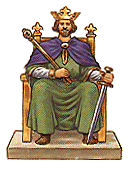
dominated by restrictions resulting from
the feudal system. While the rest of Europe
experienced the Renaissance, Anglo-
Saxon art and literature failed to develop
under repressive Norman rule.
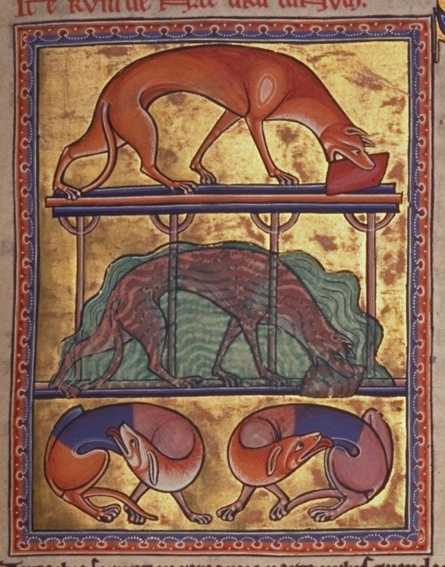
 |
dominated by restrictions resulting from the feudal system. While the rest of Europe experienced the Renaissance, Anglo- Saxon art and literature failed to develop under repressive Norman rule. |

|
 |
 |
 |
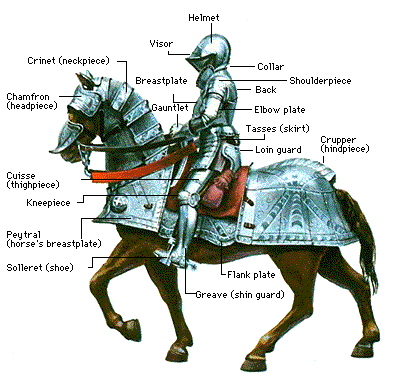 |
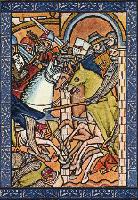
|
the Wars of the Roses had concluded and the Tudor family gained firm control of the monarchy; and around 1450, Middle English literature became an important art form, soon to dominate the English Renaissance. The arrival of the printing press from Germany helped make England "land of the poets." |
 |
Folk Ballads were part of the oral tradition. |
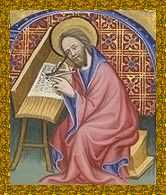
|
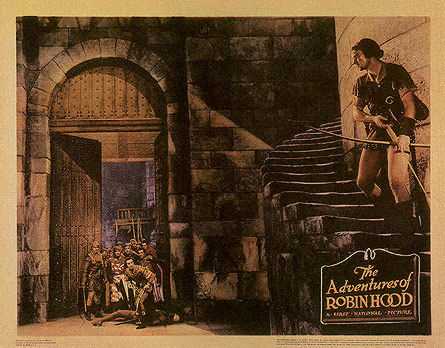
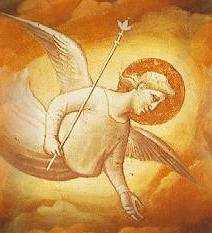 |
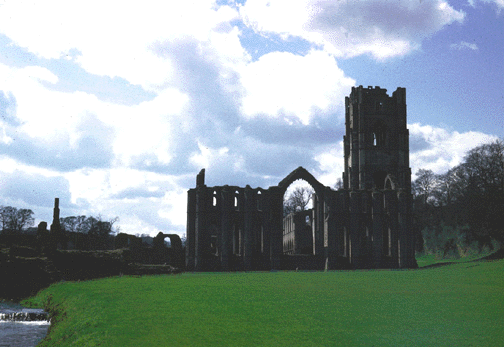 | ||
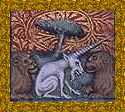 |
The traditional ballad was an anonymous poem that was mainly intended to be heard, not read. The modern ballad has a known author and is either published and intended to be read as formal literature or serves as the lyrics for popular songs. |
 |
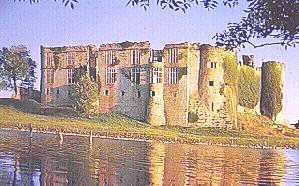
|
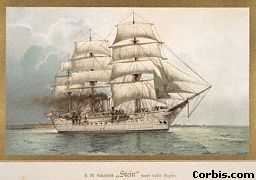
|
involving the ill-fated king's ship. Upon an old knight's suggestion, Spens is told he must take the king's ship out at a very dangerous time of year. An interesting aspect of the ballad is the mystery over Spen's talents: was he really the best sailor in Scotland? |

|
 |
ridicule the lengths people will go to win an argument, especially a married couple. Both characters are far too stubborn to say the first word because of a bet. As a result, intruders abuse them and they willingly suffer the consequences. |
 |
be nothing more than an Aesop-like fable. However, as the two birds discuss the unburied knight, they make numerous dismal implications of death which emerge for us to ponder and leave us to conclude "how the mighty have fallen." |
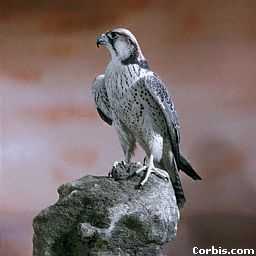
|
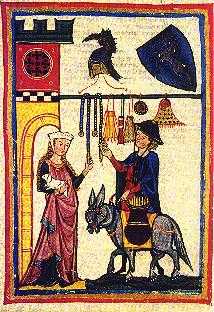 |
"headstrong" Barbara Allen. Slighted by her lover, she wishes him dead. Time compression allows him to die quickly, throwing Barbara into a state of suicidal remorse. This rapid mood swing appears somewhat unrealistic. |

|
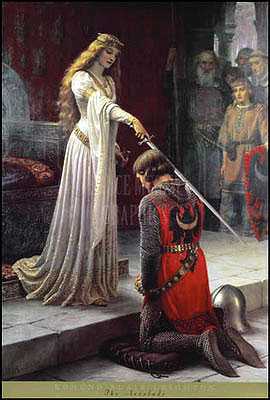 |
an English romance based on the legends of King Arthur. It is one of the key works representing the Alliterative Revival, a literary movement combining the Old English alliterative structure with ballad rhyme. The technique was called the "bob and wheel." |
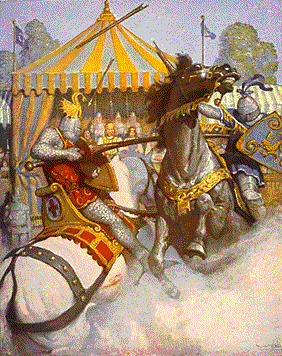 |
Arthur's sister, using magic, challenges the knights of the Round Table to an unfair contest. The central focus turns on Sir Gawain when he stands up to take Arthur's place. After his "free swing," he promises a reunion in one year's time, to lose his own head. During this year, he "comes of age" as a true knight. |
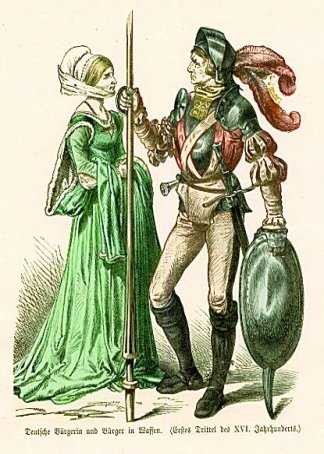 |
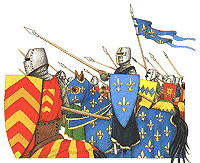
|
was constructed by combining old Irish "beheading" and "vegetation" myths with the Authorian romance. Thus, a modern hero has been produced: Gawain may show weakness and makes mistakes, but learns from his experiences to become a better knight. In the end, all of the knights of the round table wear a green sash, sharing in Gawain's humility. |
 |
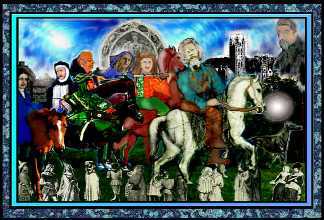 |
Italy, Chaucer learned about the vast literary developments of the Renaissance. Upon his return to England, he "borrowed" the idea of The Decameron, a frame story with one hundred tales. Chaucer's frame would include 24 stories (or anecdotes) of the projected 100 plus he intended to tell. |
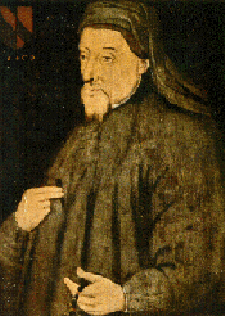 |
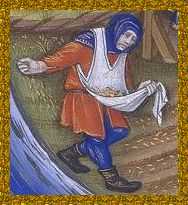 |
away from the plague. Chaucer used a more positive vehicle involving a pilgrimage to Canter- bury, during which a group of middle class travelers amused themselves in a story-telling contest. The frame runs beyond the "Prologue," linking the individual stories and adding narrative elements. |
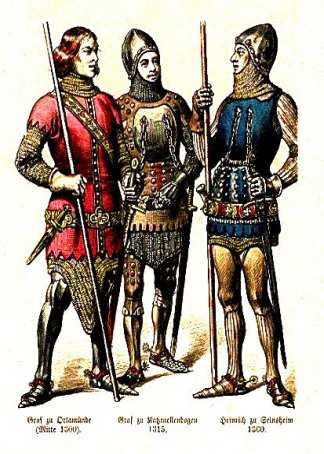
|
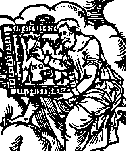 |
the characters. These characters represent every aspect of the emerging middle class, so their attitudes and opinions were as im- portant as their appearances and actions. Also, they serve the dual function of narrator and character, for a character's tale would be an extension of his or her personality. They would form the basis of the most important work in Middle English. |
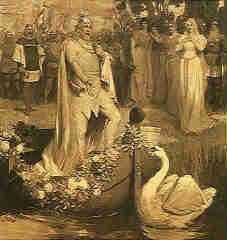 |
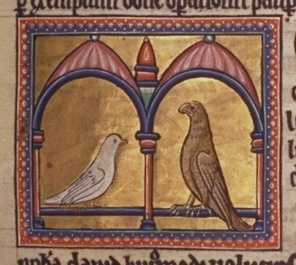 |
weakness of vanity, but the central characters are a rooster and a fox, not humans. The super- stitions related to the importance of premonitions or dreams are treated with slight satire as the tale progresses. Still, the most humorous aspect of the tale is its mock epic aspects: Chanticleer is a rooster with a highly inflated ego. Chaucer exits the tale with a hint of male vanity: never take a woman's advice. |
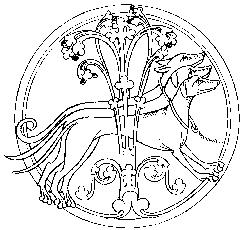
|
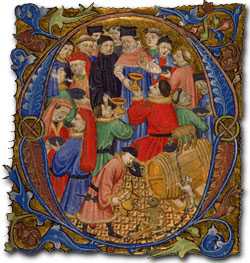 |
with a lesson or moral. In this case, "greed is the root of all evil." In ironic fashion, a trio of drunken fools seeks death and eventually finds it in their own self-destruction. The tale's only complex element is a mysterious old man who directs them to the fatal pot of gold. Was he just an old man, unwanted by death, or was he death itself? |
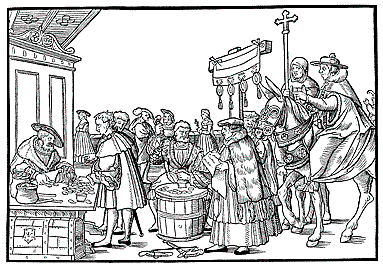
|
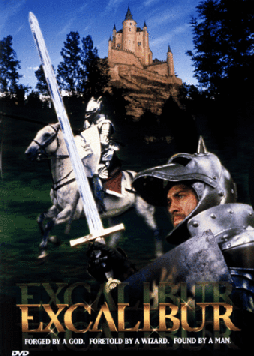 |
 |
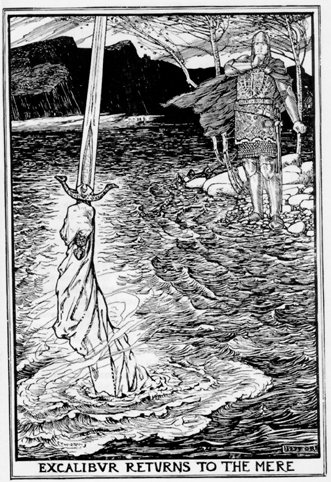 |
Malory translated countless French romance tales of King Arthur and rewrote them into nine prose volumes, calling volume nine and the whole set Morte D'Arthur. These nine volumes have been the basis of all post-medieval tales of King Arthur and the Round Table, from the poetry of Tennyson to current films. |
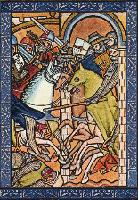 |
must battle his son Mordred for control of all England. Lacking chivalry, Arthur arranges a treaty, simply to restrain his son until help can arrive. However, an accident occurs and Arthur, ignoring a warning from his dream, destroys himself and his son in a massive battle. Malory's plot suggests that all of this was predestined. |
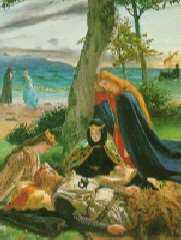
|
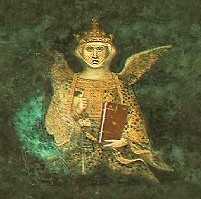 |
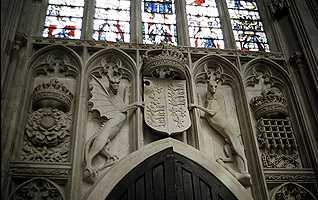 |
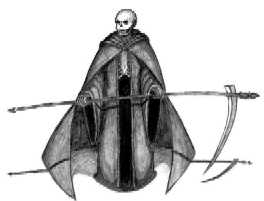 |
most of its characters represent something else, usually an abstracted virtue or quality. An example is "Knowledge" who is one of "Everyman's" friends, but represents what any man learns thoroughout his life. When the unprepared Everyman is taken to meet God, he learns that only Good Deeds have meaning in the afterlife. |
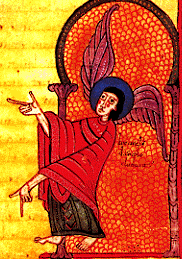 |
version of Sir Gawain and the Green Knight.
SIȚEN țe sege and țe assaut watz sesed at Troye,
|